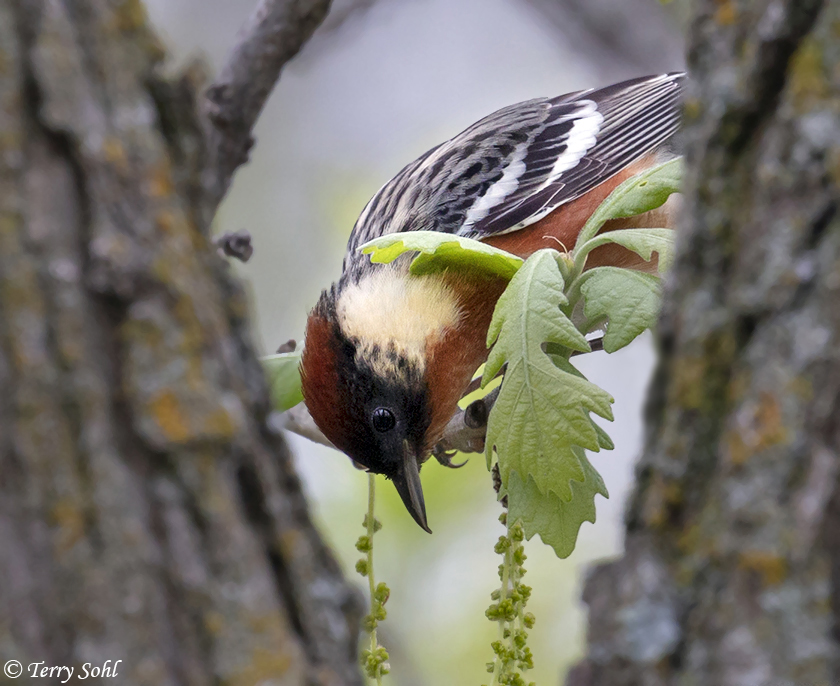We live in interesting times. “Interesting” often being downright disheartening, as we have a society in the US that seems to be embracing the future depicted in the movie Idiocracy. The same US that used to lead the world in innovation and science now has about 40% of the population who shows outright disdain, if not hatred, of “experts”, including science. I could go on…and on…and on…and on…on this topic. But I’ll turn that conversation to how science has benefits in so many aspects of life.
That includes birding! As someone who has been a birder and a bird photographer for 20+ years now, I realize that technical photography skills are a very small part of successful bird photography. The big challenge is getting close enough to a bird! That means knowing when, and where birds will be, and how that species normally behaves. Science can help with all three of these!
I had an absolutely, incredible, spectacular day birding today. It was a drippy, gloomy, dreary day, a day where normally I may not have even left the house. However…SCIENCE told me to leave the house!! Two days ago…Cornell University’s “Birdcast” predicted that the night of May 15th/16th would be a heavy migration night with birds arriving in eastern South Dakota in high numbers. I’ve learned to really trust the Birdcast predictions, particularly after a few events last year where the forecast immediately preceded some absolutely spectacular birding. So what did the forecast predict?

I headed out this morning before dawn, arriving at Newton Hills State Park in search of warblers and other migrating birds. Unfortunately, the rain arrived shortly after I did! It was extremely frustrating, as I could SEE many birds moving about in the forest canopy, but with the early hour, the clouds, and rain…it was difficult to see them well enough to identify them. I did bird for an hour or so, and did have a good time, identifying over 50 species. Normally a great time, but with the slight rain continuing and making photography difficult, I started to head home.
As I drove back home, the rain started to lighten, and eventually stopped. As I got within a couple of blocks from my house, I thought…SCIENCE! By god, that BirdCast hadn’t let me down in the past! I thought I’d try one more place while the rain held off, and ended up at Beaver Creek Nature Area, just 3-4 miles from our home. It’s a place where I’ve had decent luck before, but it’s never been as “hot” as Newton Hills.
That changed this morning! THANK YOU science, and thank you BirdCast! There’s one trail I normally take at Beaver Creek, which takes perhaps half an hour at most. Instead, I ended up walking around for nearly 2 1/2 hours. Almost one hour of that was sitting in one spot! There’s a ridge with a steep bank, where you can walk along canopy or mid-story of the trees growing in the ravine below. It’s been a place where I’ve had good luck before, but nothing like this! As I watched, wave after wave of birds were moving through the forest canopy, including…Warblers! The highlight of spring migration!
In 20 years of birding, I had yet to get a good photo of a Blackburnian Warbler. That ended today! I saw two here, both of whom were uncharacteristically cooperative for the camera. In total, in that 2+ hours, I saw 16 different Warbler species! A terrific day, and one that would have turned out very differently if I’d just looked out the window in the morning, had seen the rain and gloom, and stayed home.











